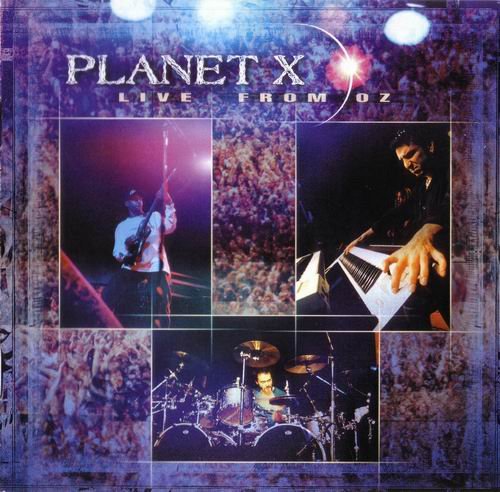Trio Latitude 41 - Schubert: Piano trio op. 100 & "Notturno" (2011) [Hi-Res]
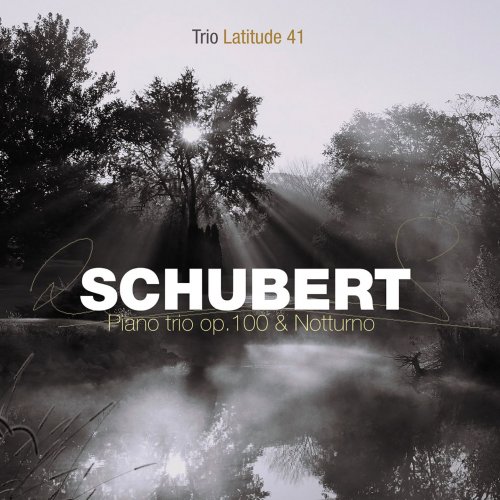
Artist: Trio Latitude 41
Title: Schubert: Piano trio op. 100 & "Notturno"
Year Of Release: 2011
Label: Eloquentia
Genre: Classical
Quality: flac lossless / flac 24bits - 88.2kHz +Booklet
Total Time: 00:55:51
Total Size: 222 / 829 mb
WebSite: Album Preview
TracklistTitle: Schubert: Piano trio op. 100 & "Notturno"
Year Of Release: 2011
Label: Eloquentia
Genre: Classical
Quality: flac lossless / flac 24bits - 88.2kHz +Booklet
Total Time: 00:55:51
Total Size: 222 / 829 mb
WebSite: Album Preview
01. Trio for Violin, Cello and Piano in E-Flat Major, Op. 100, D. 929: I. Allegro
02. Trio for Violin, Cello and Piano in E-Flat Major, Op. 100, D. 929: II. Andante con moto
03. Trio for Violin, Cello and Piano in E-Flat Major, Op. 100, D. 929: III. Scherzando-Allegro moderato
04. Trio for Violin, Cello and Piano in E-Flat Major, Op. 100, D. 929: IV. Allegro moderato
05. Trio for Violin, Cello and Piano in E-Flat Major, Op. Posth. 148, D. 897 "Notturno"
This release marks the debut of the U.S.-based Trio Latitude 41, whose name refers to both the group's home in the state of Rhode Island and to the Roman origin of cellist Luigi Piovano. The group enters an extremely crowded field of recordings of Schubert's Piano Trio in E flat major, Op. 100, and deserves credit for creating an entirely distinctive reading. The Op. 100 trio is encrusted with several layers of Romantic tradition, first from the effusive praises of Schumann, who reputedly couldn't get through the slow movement without crying, and then from Pablo Casals, who recorded the work several times and helped cement its reputation as one of Schubert's most emotionally intense pieces. From Trio Latitude 41 you get a fundamentally different conception of the work. In comparison with the general run of recordings that give a lot of prominence to the cello and to the expressiveness of lines like the leap of a tenth in the Andante con moto. The Trio Latitude 41 brings the cello back to equal status with the other two insturments, and the beneficiary is Bernadene Blaha's piano. She steps into her expanded role with an unusual conception of the part, with lightly pedaled figuration in the outer movements that creates a sort of charmed scene. The Scherzo is quick and delicate, and the group's tempos throughout are relatively fast. The result is a light, almost impressionistic E flat trio that is as consistent as it is original. Paired with the relatively uncommon Adagio for violin, cello, and piano in E flat major, D. 897 ("Notturno"), this can be highly recommended even for those with large collections of Schubert trio recordings.

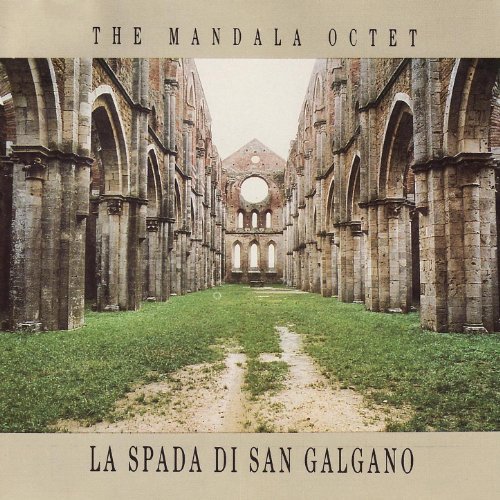
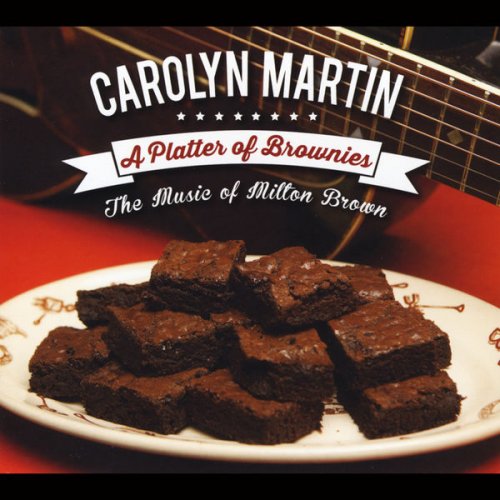
![Kenny Wheeler, Keith Jarrett, Dave Holland & Jack DeJohnette - Gnu High (1976/2025) [Hi-Res] Kenny Wheeler, Keith Jarrett, Dave Holland & Jack DeJohnette - Gnu High (1976/2025) [Hi-Res]](https://www.dibpic.com/uploads/posts/2025-12/1765627312_cover.jpg)
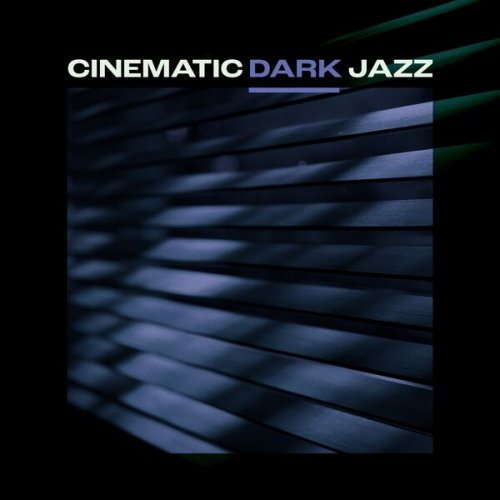
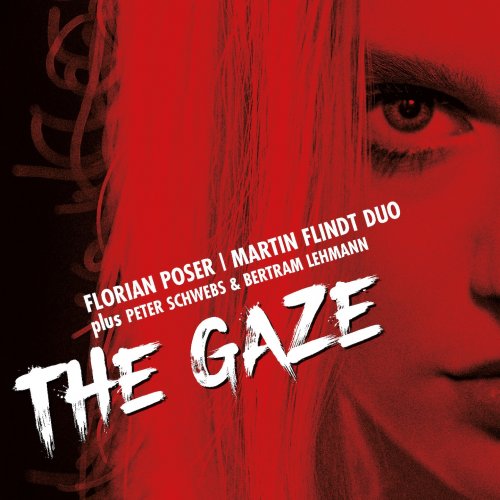

![Frank Sinatra - Christmas (Remastered) (2013) [Hi-Res] Frank Sinatra - Christmas (Remastered) (2013) [Hi-Res]](https://www.dibpic.com/uploads/posts/2025-12/1765618088_fsc500.jpg)
